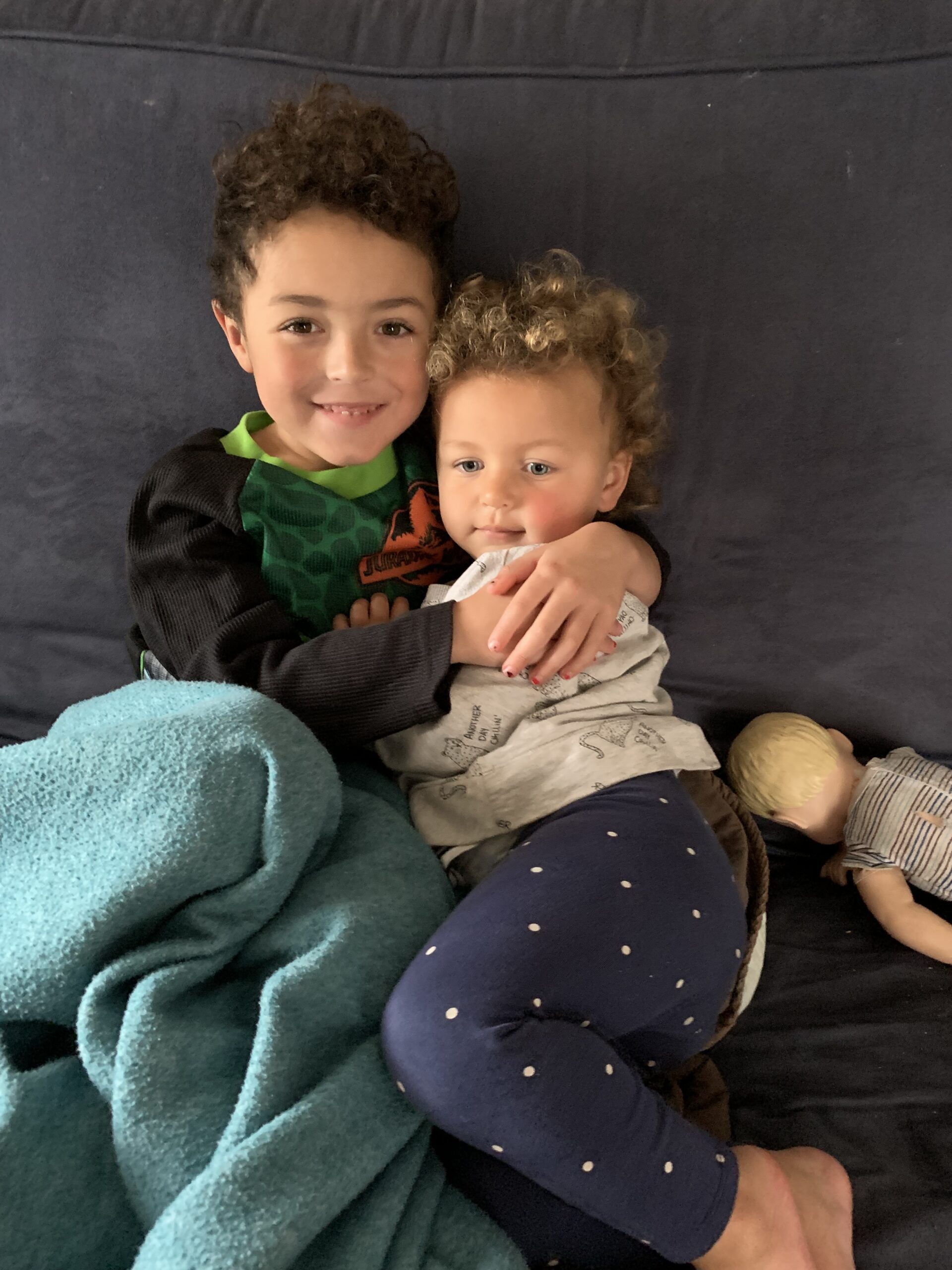Blog
https://www.youtube.com/watch?v=8sqhVrXprQE
more...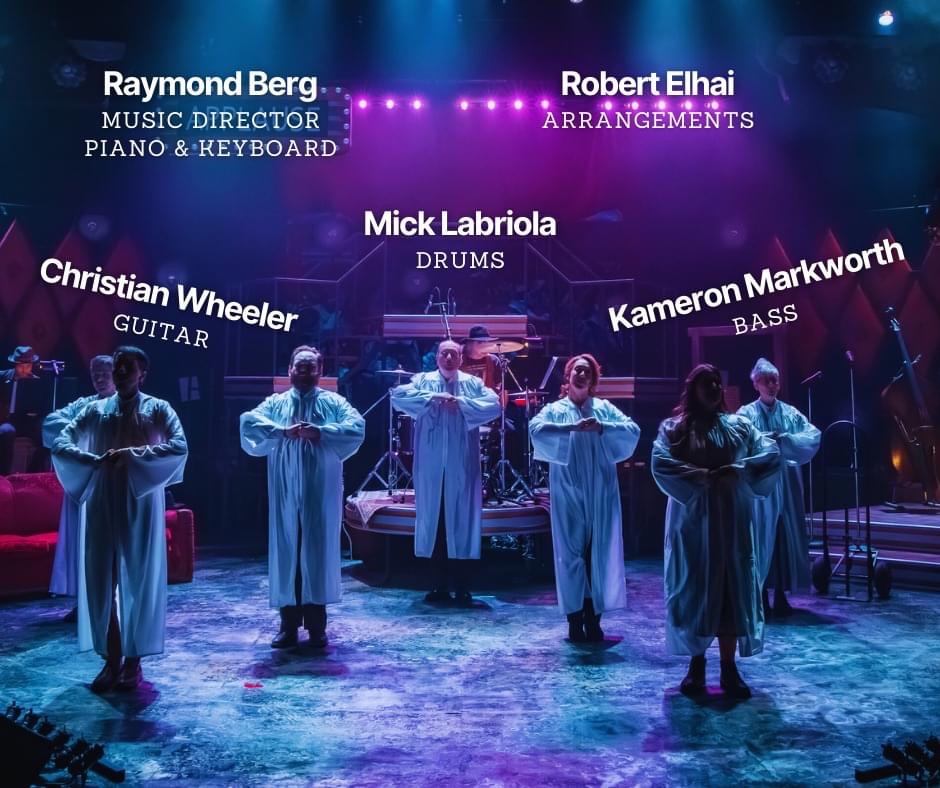
NGC 4565 (also known as the Needle Galaxy or Caldwell 38) is an edge-on spiral galaxy about 30 to 50 million light-years away in the constellation Coma Berenices. It lies close to the North Galactic Pole and has a visual magnitude of approximately 10. It is known as the Needle Galaxy for its narrow profile. First recorded in 1785 by William Herschel, it is a prominent example of an edge-on spiral galaxy.
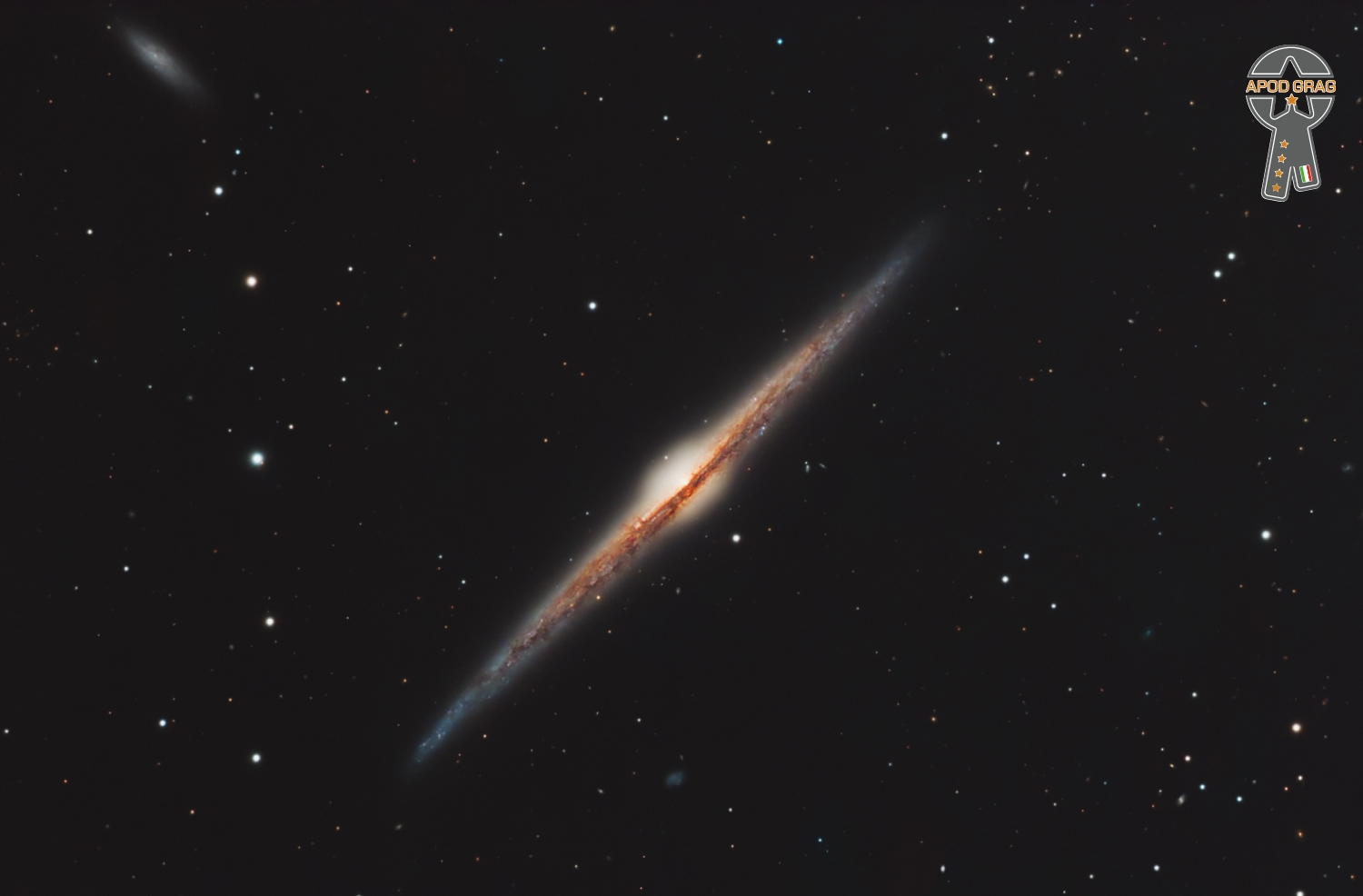
John Robert “Joe” Cocker OBE (20 May 1944 – 22 December 2014) was a British singer known for his gritty, bluesy voice and dynamic stage performances that featured expressive body movements. Most of his best known singles, such as “Feelin’ Alright?” and “Unchain My Heart“, were recordings of songs written by other song writers, though he composed a number of songs for most of his albums as well, often in conjunction with songwriting partner Chris Stainton.
His first album featured a recording of the Beatles‘ “With a Little Help from My Friends“, which brought him to near-instant stardom. The song reached number one in the UK in 1968, became a staple of his many live shows (Woodstock and the Isle of Wight in 1969, the Party at the Palace in 2002) and was also known as the theme song for the late 1980s American TV series The Wonder Years. He continued his success with his second album, which included a second Beatles song: “She Came In Through the Bathroom Window“. A hastily thrown together 1970 US tour led to the live double-album Mad Dogs & Englishmen, which featured an all-star band organized by Leon Russell. His 1974 recording of “You Are So Beautiful” reached number five in the US, and became his signature song. Cocker’s best selling song was the US number one “Up Where We Belong“, a duet with Jennifer Warnes that earned a 1983 Grammy Award. He released a total of 22 studio albums over a 43-year recording career.
In 1993, Cocker was nominated for the Brit Award for Best British Male. He was awarded a bronze Sheffield Legends plaque in his hometown in 2007, and received an OBE the following year for services to music.Cocker was ranked number 97 on Rolling Stone‘s 100 greatest singers list.
more...Victor Lewis (born May 20, 1950) is an American jazz drummer, composer, and educator.
Victor Lewis was born on May 20, 1950 in Omaha, Nebraska. His father, Richard Lewis, who played saxophone and mother, Camille, a pianist-vocalist were both classically trained musicians who performed with many of the “territory bands” that toured the midwest in the forties. Consequently, Victor grew up with jazz as well as popular and European classical music at home. He would also go with his father to hear touring big bands as they passed through Omaha, such as Duke Ellington, Count Basie and Woody Herman.
Victor started studying music when he was ten and a half years old. Too small for the acoustic bass, he began on cello, but switched to the drums a year and a half later inspired by the drum line marching in holiday parades. As part of his formal studies, he also studied classical piano.
https://www.youtube.com/watch?v=YB0m2ADf__g
more...Edward Louis Smith (May 20, 1931 – August 20, 2016) was an American jazz trumpeter from Memphis, Tennessee.
After graduating from Tennessee State University he attended graduate school at the University of Michigan. While studying at the University of Michigan, he played with visiting musicians such as Dizzy Gillespie, Miles Davis, Thad Jones and Billy Mitchell,[1] before going on to play with Sonny Stitt, Count Basie and Al McKibbon, Cannonball Adderley, Percy Heath, Philly Joe Jones, Lou Donaldson, Donald Byrd, Kenny Dorham and Zoot Sims. Smith decided to forgo being a full-time musician to take a music teaching job at Atlanta’s Booker T. Washington High School. During this time he continued playing jazz in clubs, eventually going on to record two albums for Blue Note Records.
Smith’s first session as a leader, Here Comes Louis Smith (1957), originally recorded for the Boston-based Transition Records, featured Cannonball Adderley (then under contract to Mercury) playing under the pseudonym “Buckshot La Funke”, Tommy Flanagan, Duke Jordan, Art Taylor and Doug Watkins. He also replaced Donald Byrd for Horace Silver’s Live at the Newport 1958 set. His playing on the set was one of his best efforts and was described by one critic as “monstrous”. He was a prolific composer and successful band director leaving Booker T. Washington to become director of the Jazz Ensemble at the University of Michigan and a teacher in Ann Arbor’s public school system. He later recorded for the SteepleChase label.
Smith suffered a stroke in 2006, and was seen occasionally enjoying live jazz in the Detroit/Ann Arbor area, but did not return to performing.
His cousin Booker Little was also a trumpeter.
Smith died on August 20, 2016, at age 85.
more...
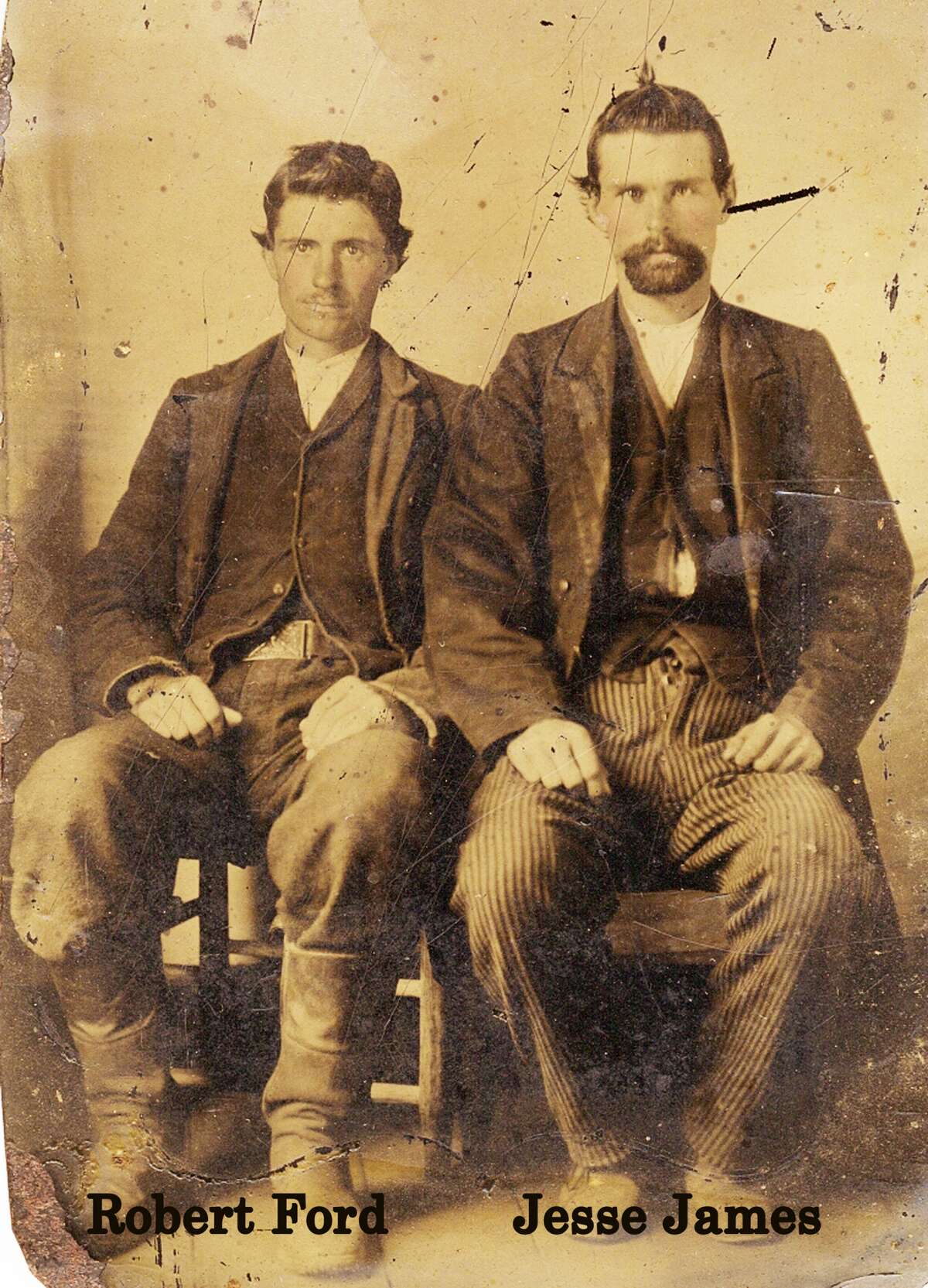
A bright spiral galaxy of the northern sky, Messier 63 is nearby, about 30 million light-years distant toward the loyal constellation Canes Venatici. Also cataloged as NGC 5055, the majestic island universe is nearly 100,000 light-years across, about the size of our own Milky Way. Its bright core and majestic spiral arms lend the galaxy its popular name, The Sunflower Galaxy. This exceptionally deep exposure also follows faint, arcing star streams far into the galaxy’s halo. Extending nearly 180,000 light-years from the galactic center, the star streams are likely remnants of tidally disrupted satellites of M63. Other satellite galaxies of M63 can be spotted in the remarkable wide-field image, including faint dwarf galaxies, which could contribute to M63’s star streams in the next few billion years.
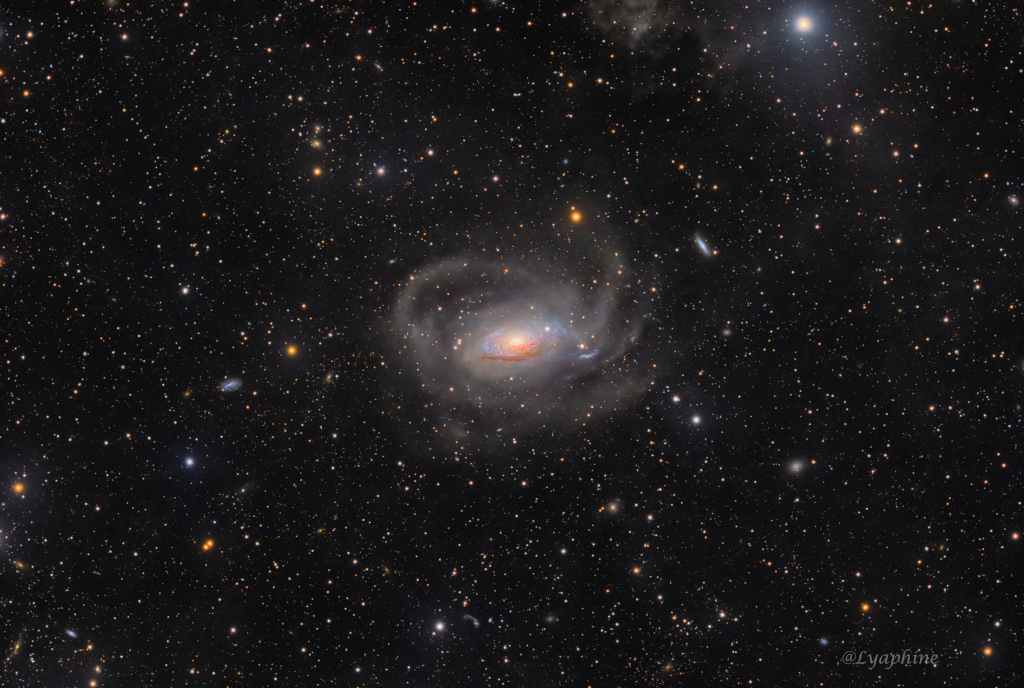
Grace Beverly Jones OJ (born 19 May 1948) is an American model, singer and actress. Born in Jamaica, she and her family moved to Syracuse, New York, when she was a teenager. Jones began her modellingcareer in New York state, then in Paris, working for fashion houses such as Yves St. Laurent and Kenzo, and appearing on the covers of Elle and Vogue. She notably worked with photographers such as Jean-Paul Goude, Helmut Newton, Guy Bourdin, and Hans Feurer, and became known for her distinctive androgynousappearance and bold features.
Beginning in 1977, Jones embarked on a music career, securing a record deal with Island Records and initially becoming a high-profile figure of New York City‘s Studio 54-centered disco scene. In the early 1980s, she moved toward a new wave style that drew on reggae, funk, post-punk, and pop music, frequently collaborating with both the graphic designer Jean-Paul Goude and the musical duo Sly & Robbie. She scored Top 40 entries on the UK Singles Chart with “Private Life“, “Pull Up to the Bumper“, “I’ve Seen That Face Before“, and “Slave to the Rhythm“. In 1982, she released the music video collection A One Man Show, directed by Goude, which earned her a nomination for Best Video Album at the 26th Annual Grammy Awards. Her most popular albums include Warm Leatherette (1980), Nightclubbing (1981), and Slave to the Rhythm (1985).
As an actress, Jones appeared in several indie films prior to landing her first mainstream appearance as Zula in the fantasy-action film Conan the Destroyer (1984) alongside Arnold Schwarzenegger and Sarah Douglas, and subsequently appeared in the James Bond movie A View to a Kill (1985) as May Day, and starred as a vampire in Vamp (1986); all of which earned her nominations for the Saturn Award for Best Supporting Actress. In 1992, Jones acted in the Eddie Murphy film Boomerang, and contributed to the soundtrack. She also appeared alongside Tim Curry in the 2001 film Wolf Girl.
Jones was ranked 82nd on VH1‘s 100 Greatest Women of Rock and Roll (1999). In 2008, she was honored with a Q Idol Award. Jones influenced the cross-dressing movement of the 1980s and has been cited as an inspiration for multiple artists, including Annie Lennox, Lady Gaga, Rihanna, Solange, Lorde, Róisín Murphy, Brazilian Girls, Nile Rodgers, Santigold, and Basement Jaxx. In 2016, Billboard ranked her as the 40th greatest dance club artist of all time.
more...Peter Dennis Blandford Townshend (/ˈtaʊnzənd/; born 19 May 1945) is an English musician. He is co-founder, leader, guitarist, second lead vocalist and principal songwriter of the Who, one of the most influential rock bands of the 1960s and 1970s. Due to his aggressive playing style and innovative songwriting techniques, Townshend’s works with the Who and in other projects have earned him critical acclaim.
Townshend has written more than 100 songs for 12 of the Who’s studio albums. These include concept albums, the rock operas Tommy (1969) and Quadrophenia (1973), plus popular rock radio staples such as Who’s Next (1971); as well as dozens more that appeared as non-album singles, bonus tracks on reissues, and tracks on rarities compilation albums such as Odds & Sods (1974). He has also written more than 100 songs that have appeared on his solo albums, as well as radio jingles and television theme songs.
While known primarily as a guitarist, Townshend also plays keyboards, banjo, accordion, harmonica, ukulele, mandolin, violin, synthesiser, bass guitar, and drums; he is self-taught on all of these instruments and plays on his own solo albums, several Who albums, and as a guest contributor to an array of other artists’ recordings. Townshend has also contributed to and authored many newspaper and magazine articles, book reviews, essays, books, and scripts, and he has collaborated as a lyricist and composer for many other musical acts.
In 1983, Townshend received the Brit Award for Lifetime Achievement and in 1990 he was inducted into the Rock and Roll Hall of Fame as a member of the Who. Townshend was ranked No. 3 in Dave Marsh‘s 1994 list of Best Guitarists in The New Book of Rock Lists. In 2001, he received a Grammy Lifetime Achievement Award as a member of the Who; and in 2008 he received Kennedy Center Honors. He was ranked No. 10 in Gibson.com’s 2011 list of the top 50 guitarists, and No. 10 in Rolling Stone‘s updated 2011 list of the 100 greatest guitarists of all time. He and Roger Daltrey received The George and Ira Gershwin Award for Lifetime Musical Achievement at UCLA on 21 May 2016.
more...Thomas Wright Scott (born May 19, 1948) is an American saxophonist, composer, and arranger. He was a member of The Blues Brothers and led the jazz fusion group L.A. Express.
Scott was born in Los Angeles, California, US. He is the son of film and television composer Nathan Scott, who had more than 850 television credits and more than 100 film credits as a composer, orchestrator, and conductor, including the theme songs for Dragnet and Lassie.
Tom Scott’s career began as a teenager as leader of the jazz ensemble Neoteric Trio, and the band Men of Note. After that, he worked as a session musician. In 1970, Quincy Jones said of him: “Tom Scott, the saxophonist; he’s 21, and out of sight! Plays any idiom you can name, and blows like crazy on half a dozen horns.”
more...Cornelius “Sonny” Fortune (May 19, 1939 – October 25, 2018) was an American jazz saxophonist. Fortune played soprano, alto, tenor, and baritone saxophones, clarinet, and flute.
He was born in Philadelphia, Pennsylvania, United States. After moving to New York City in 1967, Fortune recorded and appeared live with drummer Elvin Jones‘s group. In 1968, he was a member of Mongo Santamaría‘s band. He performed with singer Leon Thomas, and with pianist McCoy Tyner (1971–73). In 1974, Fortune replaced Dave Liebman in Miles Davis‘s ensemble, remaining until spring 1975, when he was succeeded by Sam Morrison. Fortune can be heard on the albums Big Fun, Get Up With It, Agharta, and Pangaea, the last two recorded live in Japan.
Fortune joined Nat Adderley after his brief tenure with Davis, then formed his own group in June 1975, recording two albums for the Horizon Records. During the 1990s, he recorded several albums for Blue Note. He has also performed with Roy Brooks, Buddy Rich, George Benson, Rabih Abou Khalil, Roy Ayers, Oliver Nelson, Gary Bartz, Rashied Ali, and Pharoah Sanders, as well as appearing on the live album The Atlantic Family Live at Montreux (1977).
Fortune died of a stroke at the age of 79 in October 2018.
more...
Cecil McBee (born May 19, 1935) is an American jazz bassist. He has recorded as a leader only a handful of times since the 1970s, but has contributed as a sideman to a number of jazz albums.
McBee was born in Tulsa, Oklahoma, United States. He studied clarinet at school, but switched to bass at the age of 17, and began playing in local nightclubs. After gaining a music degree from Ohio Central State University, McBee spent two years in the U.S. Army, during which time he conducted the band at Fort Knox. In 1959, he played with Dinah Washington, and in 1962 he moved to Detroit, Michigan, where he worked with Paul Winter‘s folk-rock ensemble between 1963 and 1964.
more...Although many variations are possible, the most basic form of the Tientos is as follows :
Guitar introduction – The guitarist sets the basic tempo and key
Temple – The singer sings fragments – estribillos – (le le, la, etc.) to establish thekey, pulse and mood of the piece.
The dancer’s llamada – call/cue the guitarist performs double time here. The dancer generally performs footwork.
First Letra – The singer sings the first verse, and the dancer interprets thisimpressionistically and rhythmically.
After the 1st line of the song, the singer may take a 1 or 2 compás break – the respira – and the dancer usually inserts footwork here.
Guitar falseta – a short melodic phrase that the dancer interprets lyrically.
First Escobilla – The dancer’s 1st prolonged footwork section. This ends with a llamada call in the 2nd verse.
Second Letra – Similar or identical to the 1st verse.
Second Escobilla = The dancer’s final long footwork section.
Macho – It is common for a flamenco song to end in a faster song/rhythm, and it is usually the Tangos for Tientos. The most traditional Tangos lyrics performed here are the song, “Triana.”
more...More Posts
- Cosmos IC 4709
- Billy Preston
- Laurindo Almeida
- Clifford Jordan
- Horace Silver
- World Music Bassekou Kouyate · Amy Sacko
- Daily Roots Culture
- Cosmos Saturn Moon
- Akiko Tsuruga
- Seiji Ozawa
- Gene Harris
- Boxcar Willie
- Art Pepper
- World Music Soweto Gospel Choir x Groove Terminator
- Daily Roots Freddie McKay
- Cosmos NGC 7771 Group
- John Koerner
- Paul Winter
- Van Morrison
- World Music Trio Mandili with Ernest Orchestra
